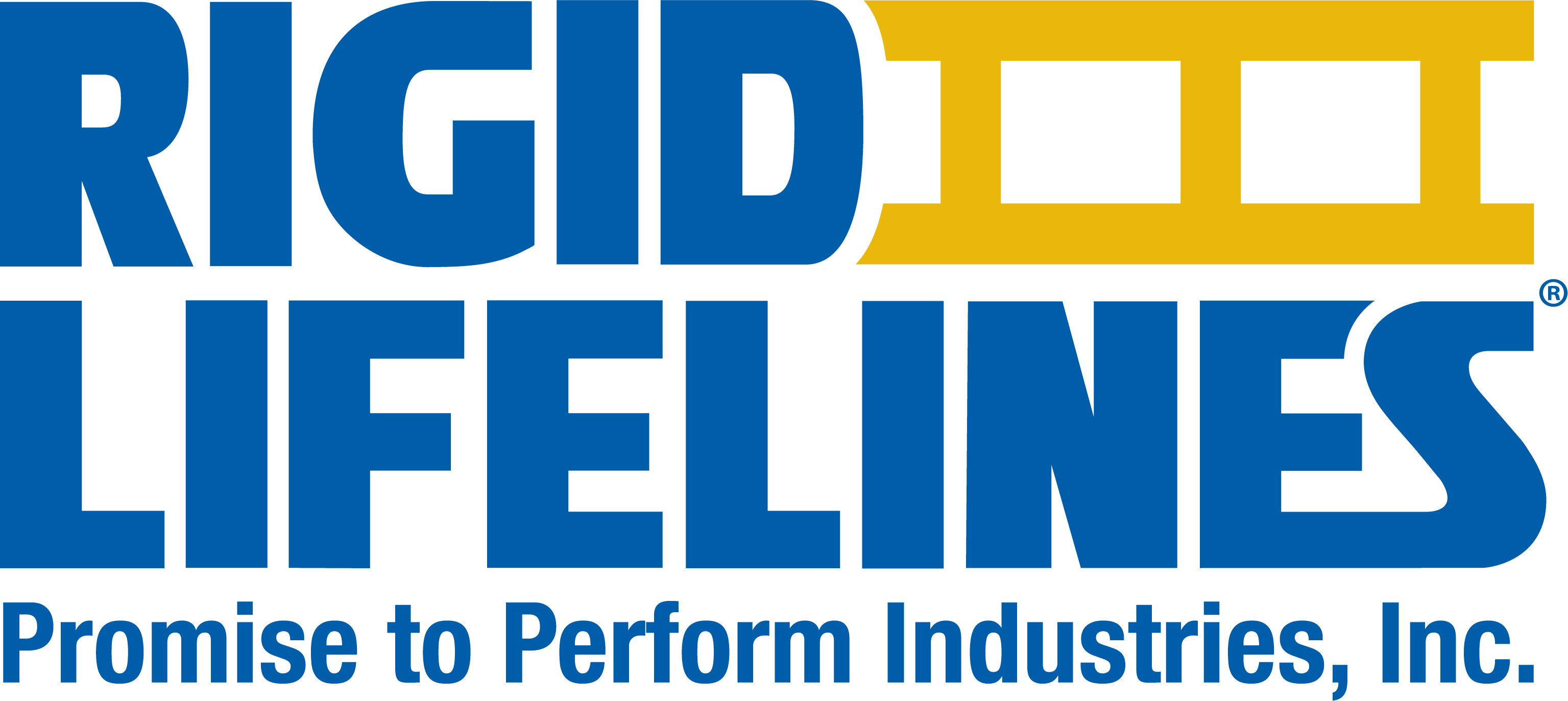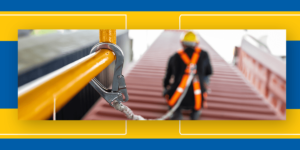Fall Protection Forum
Recent Posts
October 22, 2025
Do Fall Protection Harnesses Expire?
A fall protection harness is a safety harness that connects a worker…
September 23, 2025
Proper Cleaning of Your Safety Harness
A worker’s full-body harness is an integral element of fall protection systems….
December 9, 2024
Inspecting Your Full Body Harness Checklist
Full Body Harness Inspection Checklist Table Harness Inspection Points Pass Fail 1) Inspect the load indicator warning (located on webbing below dorsal D-Ring pad) to see if any part of it is showing. 2) Inspect hardware for cracks, sharp edges, deformation, corrosion, rust, or other signs of wear or damage….
November 19, 2014
How to Use Suspension Trauma Straps
For people who have had a fall arrested while working at height, suspension trauma can be avoided in one of two ways: prompt rescue (i.e. within 15 minutes) or properly using trauma relief straps. Suspension trauma is caused by a worker’s blood getting caught in their legs and becoming toxic…
February 3, 2012
How Do You Manage the Inspection of Your Fall Protection Equipment
No fall protection program is complete without a practical system for tracking the inspection, maintenance, retirement, and replacement of fall protection equipment. Because fall protection gear provides a life-saving function and is subject to the stresses and fatigue of use, it must be inspected regularly. The way in which you…


